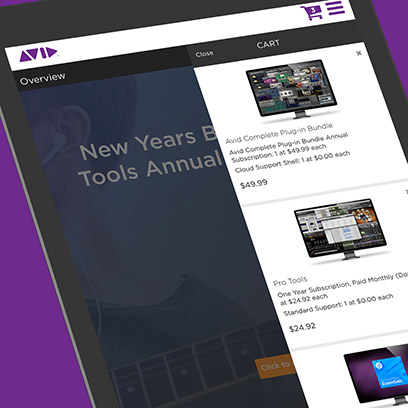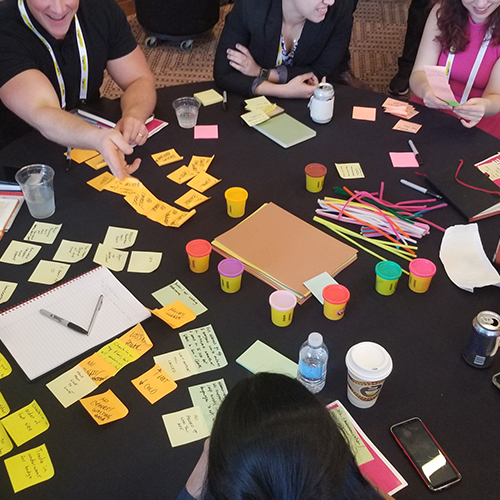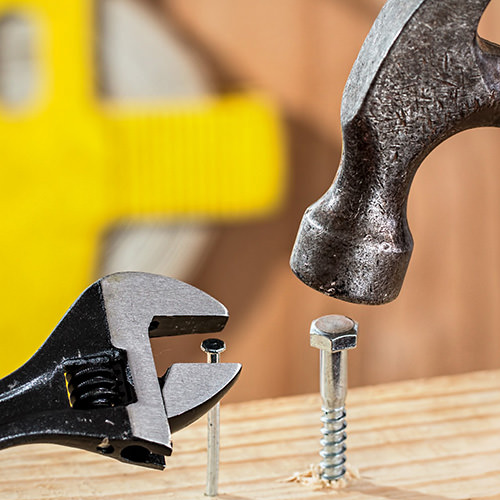A design sprint is a process for answering business questions in a structured, compressed format. Conceived at Google Ventures, design sprints are a great tool for organizations of all sizes to reduce churn and increase productivity.
I sat down and spoke with Principal Designers Krista Siniscarco and Doug Reynolds about the most recent design sprint they conducted with one of Cantina’s clients.
What is a design sprint?
Who is the audience? Who participates in a design sprint?
What’s the process?
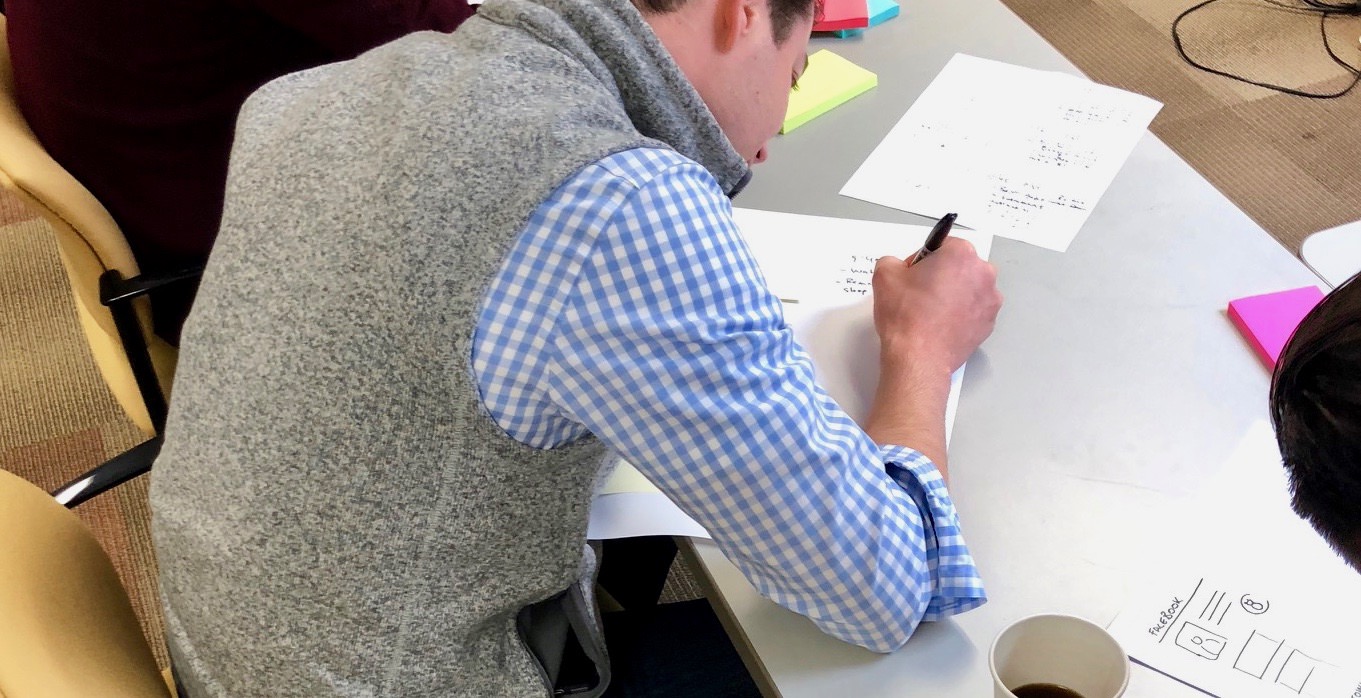
What can you tell me about the roles you both played in the most recent design sprint you participated in?

Was there anything about the design sprint format that you changed?
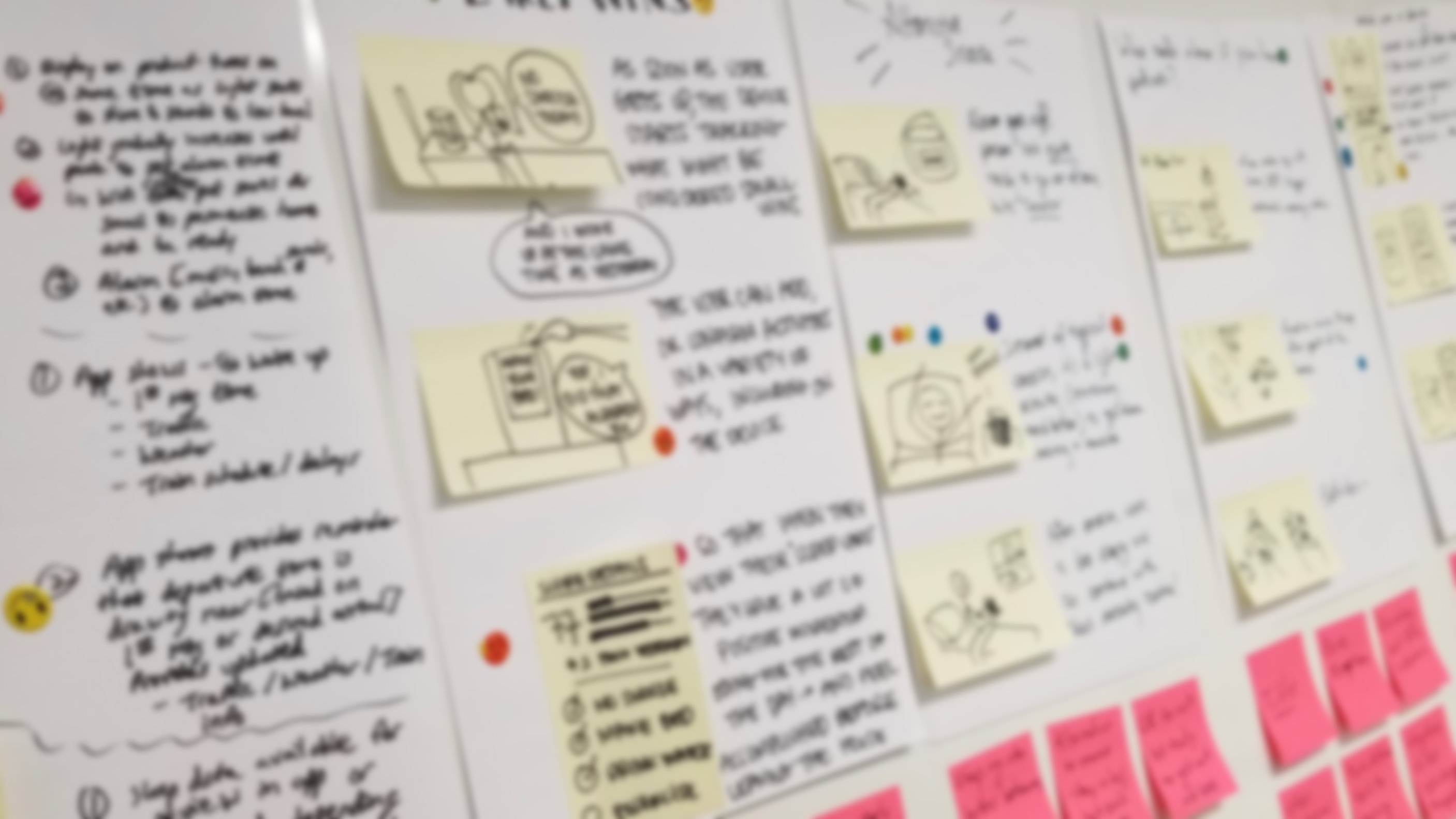
How do you measure the output?
Cantina’s design process is rooted in defining and testing hypotheses based upon research and discovery. Design sprints are just one tool we use to help clients map out strategies or streamline a business process.
If you are interested in design sprints for an upcoming project or have questions, please reach out to us at hello@cantina.co or use our contact us form.



